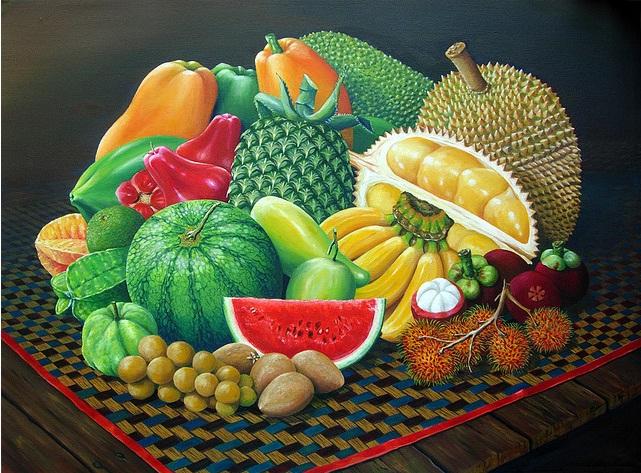
Tropical fruits are fruits growing in tropical countries – warm areas with temperate climate. 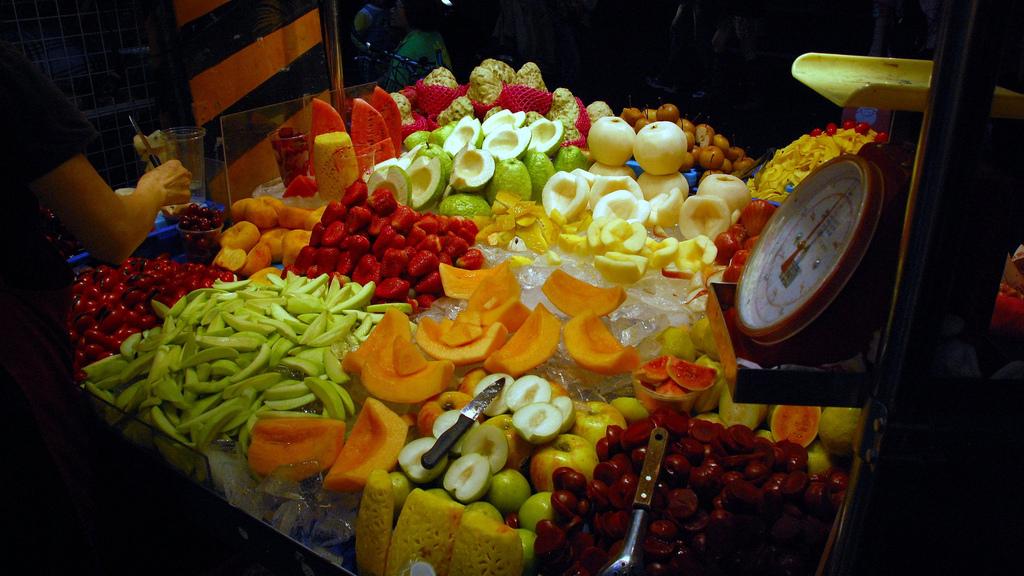 Since Philippine is a tropical country, a variety of delicious tropical fruits are cultivated here. Here are some of the most common tropical fruits in the Philippines.
Since Philippine is a tropical country, a variety of delicious tropical fruits are cultivated here. Here are some of the most common tropical fruits in the Philippines.
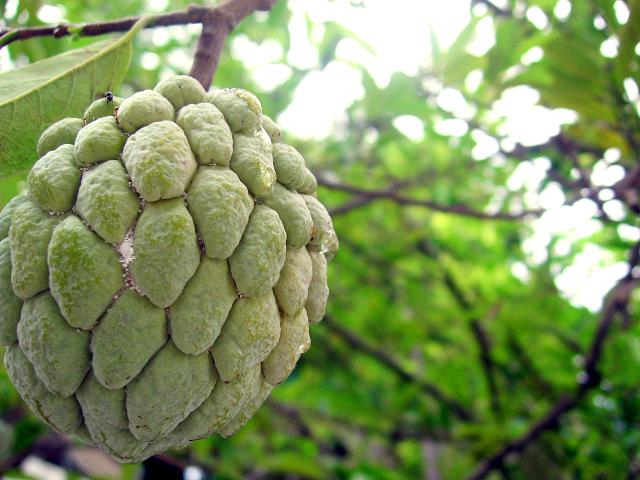 SUGAR APPLE (Annona squamosa)
SUGAR APPLE (Annona squamosa)
Sugar apple, more commonly called as "Atis", is originally introduced during the Spanish era. It is a sweet tasting fruit that can be seen anywhere in the neighborhood. This fruit is abundant during the months of September to November and its tree is very easy to cultivate.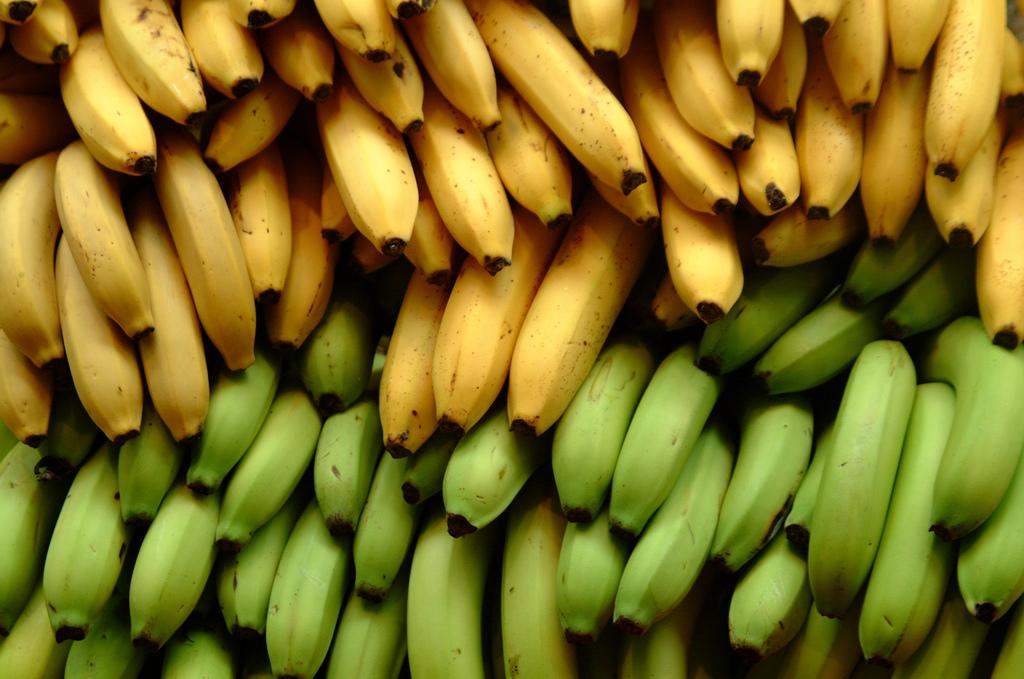 BANANA (Musa acuminate)
BANANA (Musa acuminate)
Various kinds of bananas can be found in the Philippines – tundan, lakatan, señorita, and others. In fact this country is one of the leading producers of bananas all throughout the world. 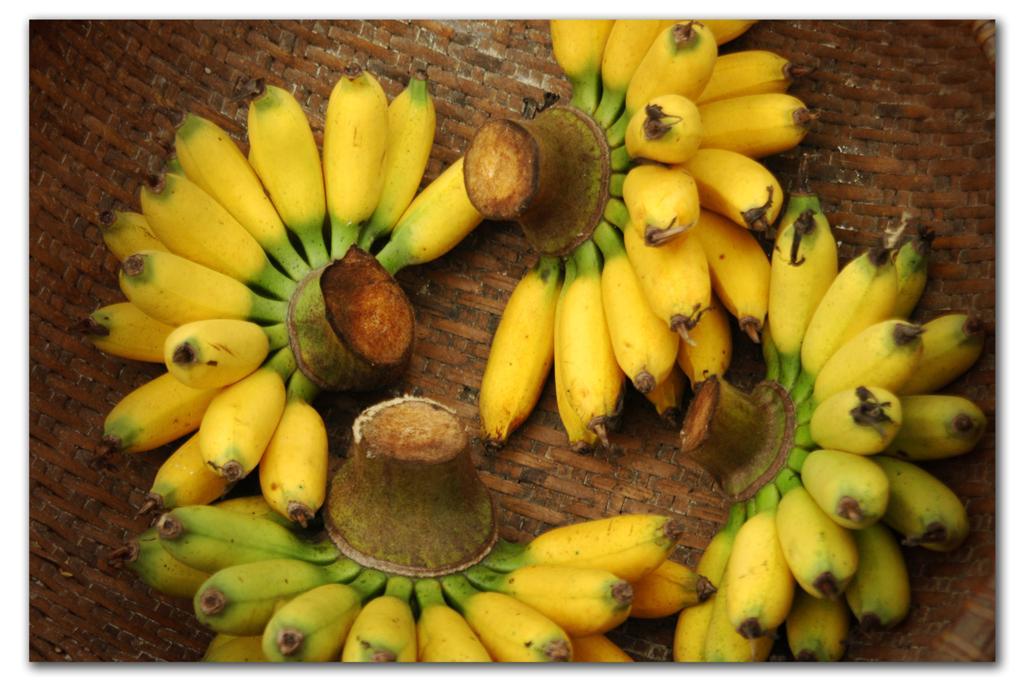 Bananas have different colors and sizes. They are very healthy and rich in Potassium, that’s why they are loved by many.
Bananas have different colors and sizes. They are very healthy and rich in Potassium, that’s why they are loved by many.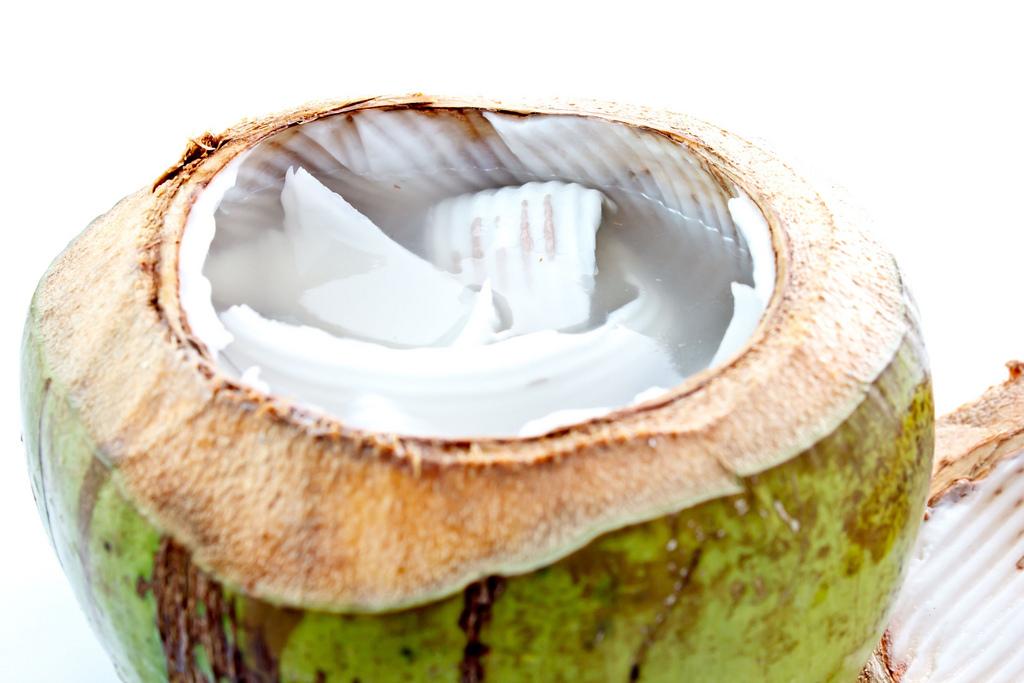 COCONUTS (Cocos nucifera)
COCONUTS (Cocos nucifera)
Coconut is also known as “buko” in Filipino language. It is a large and hard-shelled nut, with a white flesh and colorless juice inside. It is rich in Vitamin B. Its palm tree is called the “tree of life” because all of its parts provide raw materials that can be used for different items.
Coconut milk, alcohol or tuba, and vinegar can be made from it. Its bark and leaves can be made into all kinds of products such as baskets, ropes, brushes, mats, and other furniture. It also produces coconut oil which can be used for cooking or spa massages. You can also make buko juice which is perfect during summer season. This helps in eliminating kidney-related problems. Coconut is very nutritious indeed!
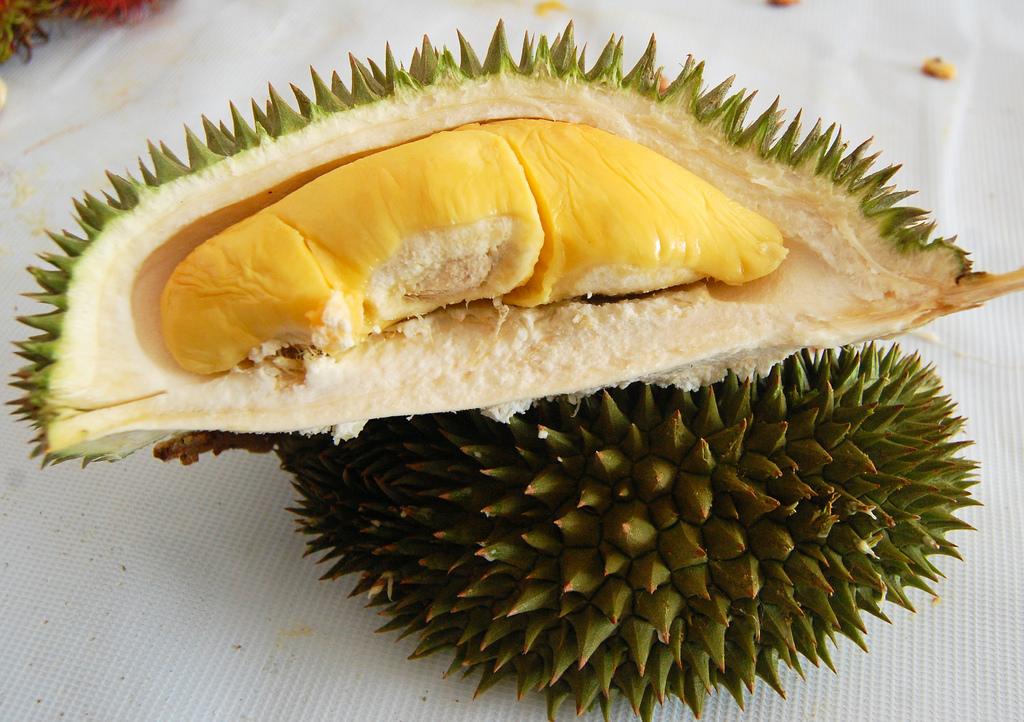
DURIAN (Durio zibethinus)
Durian is known as the “King of all Tropical Fruits”. It is well-known for possessing a very bad and terrible smell but behind that smell is a delicious taste that you will surely love. 
Durian is popular in Davao province. It is very big and heavy; it can weigh up to 10 pounds and its skin is covered with sharp and hard spines. This fruit is expensive but after you taste it, you can say that your money is worth it!
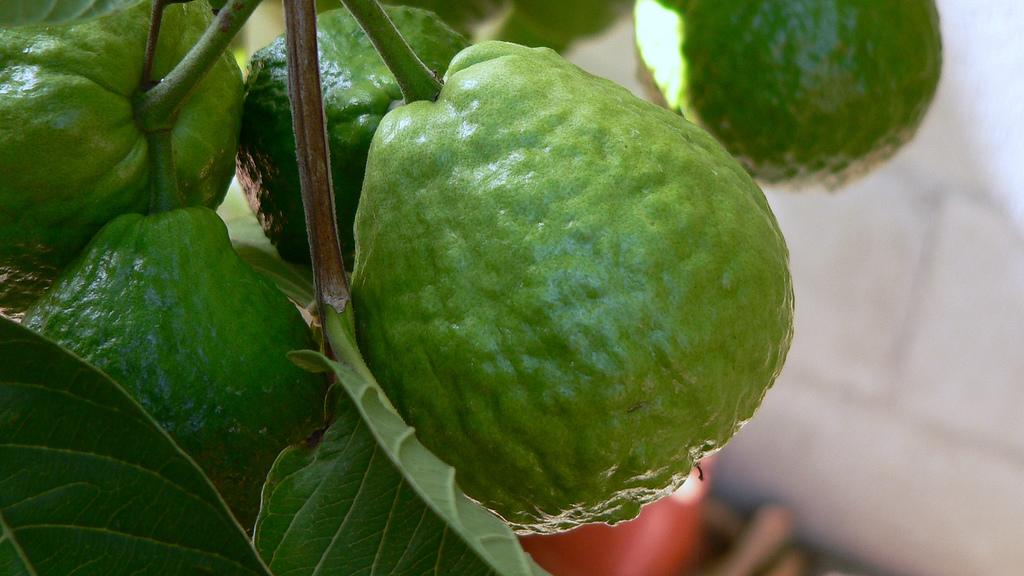
GUAVA (Psidium guajava)
This tropical green fruit is a very good source of Vitamin C, dietary fibers and Potassium; it is also good for constipation and skin care problems. This fruit's taste is similar to pear, although pear has a softer and juicier flesh.
Guava is green but becomes yellow when overripe. It has a light sweet taste. Guava is commonly known as "bayabas".
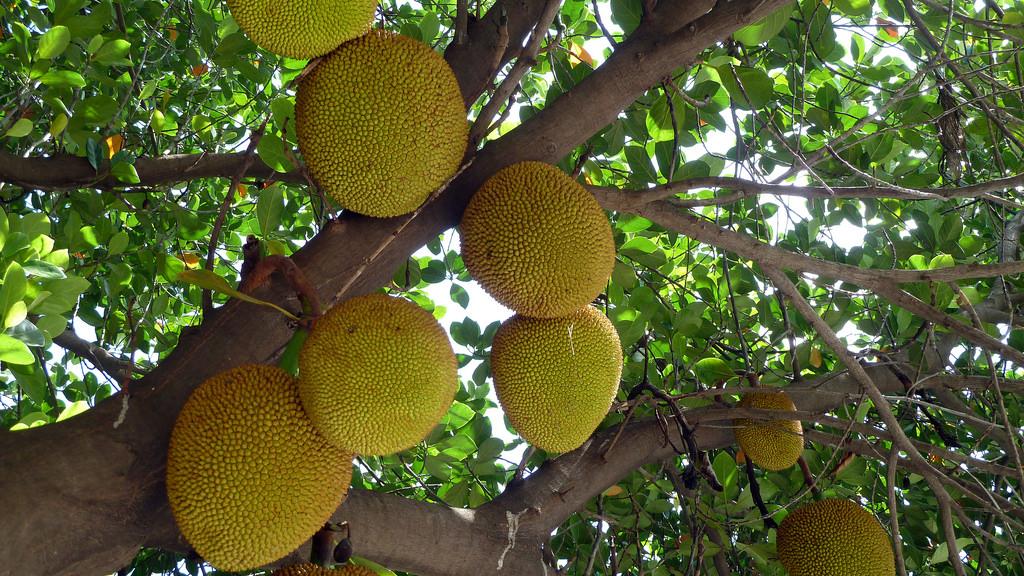
JACK FRUIT (Artocarpus heterophyllus)
Jack fruit or "langka" is the largest and most impressive tree-borne fruit in tropical countries all over the world, reaching as much as 40 kilos and up to 36 inches. Its smell is sweet; it is delicious as well as nutritious.
It strengthens the immune system, regulates blood sugar levels, prevents bone loss, and helps prevent anemia. The skin of the jackfruit is green, yellow when ripe, and the interior consists of large bulbs of yellow and delectable flesh.
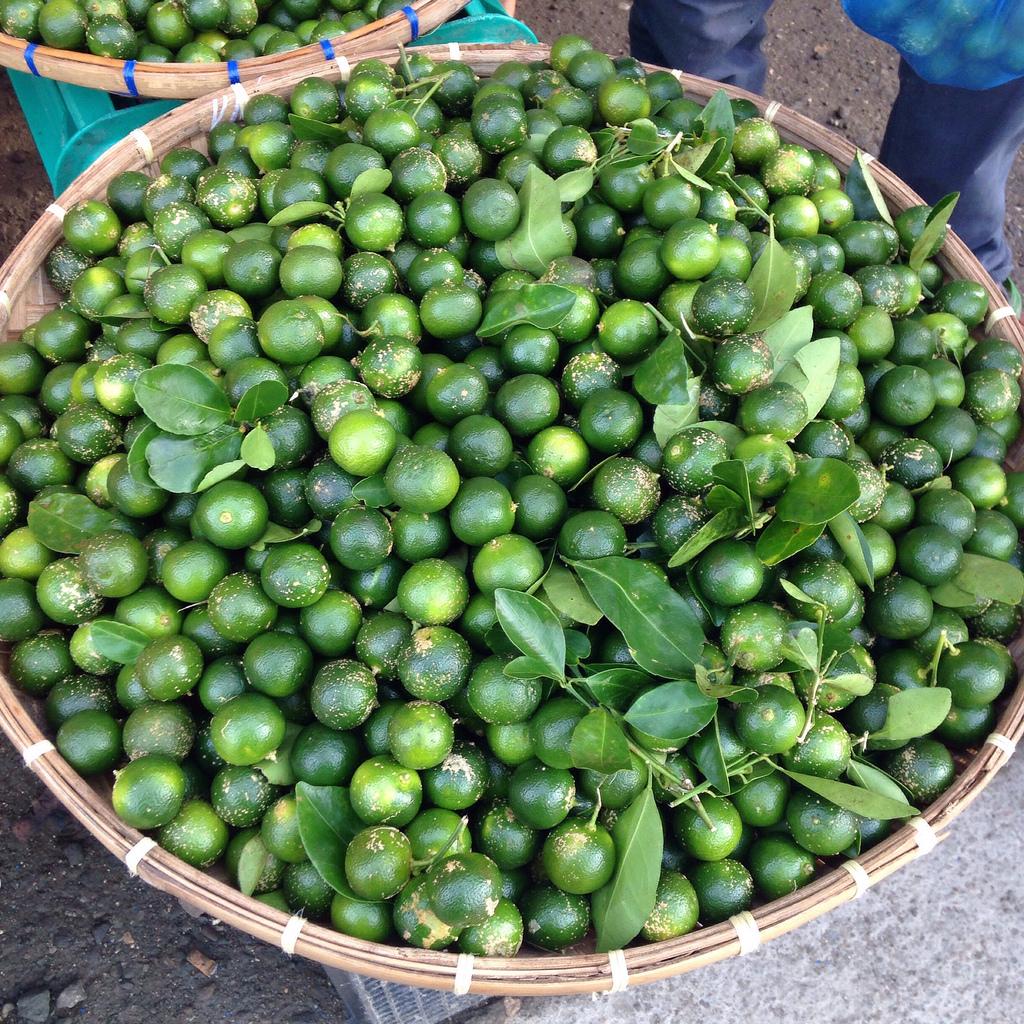
LEMONSITO/CALAMANSI (Citrus microcarpa)
Calamansi or lemonsito is very little, just about 3 cm. It is rich in Vitamin C. This fruit is used in cooking or making a refreshing lemon juice because. It also has many benefits and uses. Aside from being a condiment for food recipes, it is used for skin bleaching, eliminating stains on clothes, disinfecting wounds, repelling insects, fighting body odor, relieving cough, treating dandruff and scalp itchiness and helping increase hair volume. It is really very effective and economical.

MACOPA (Syzygium samarangense)
Macopa is a native fruit in the Philippines. It is like a small apple. 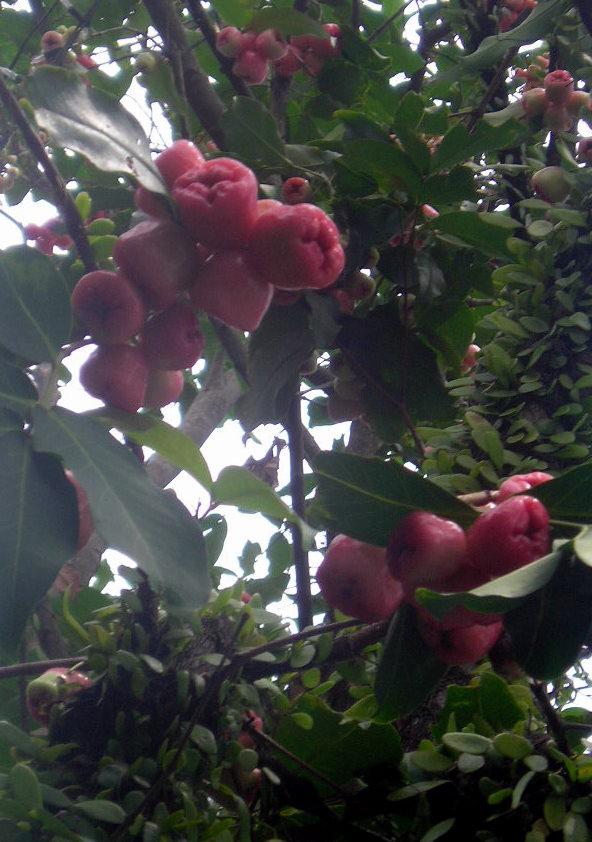
It has a pinkish color and shaped like a heart. It is recommended to diabetics because it lowers blood sugar levels.
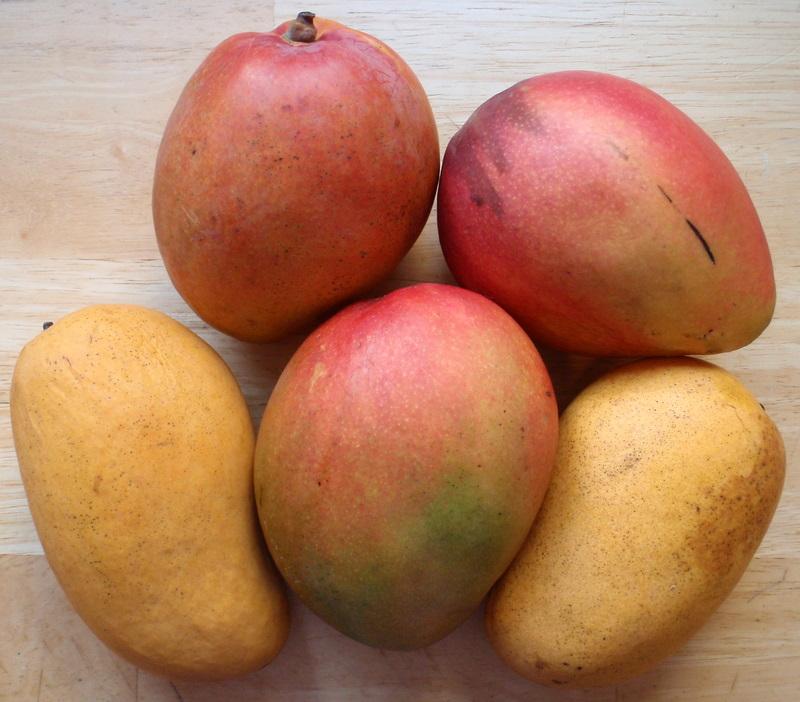
MANGO (Mangifera indica)
This tropical fruit is one of the healthiest and most delicious fruits in the Philippines, and one of the most exported manufactured goods of the country.
It is also known as the “Apple of the Tropics”. It is color green but becomes yellow when ripe. 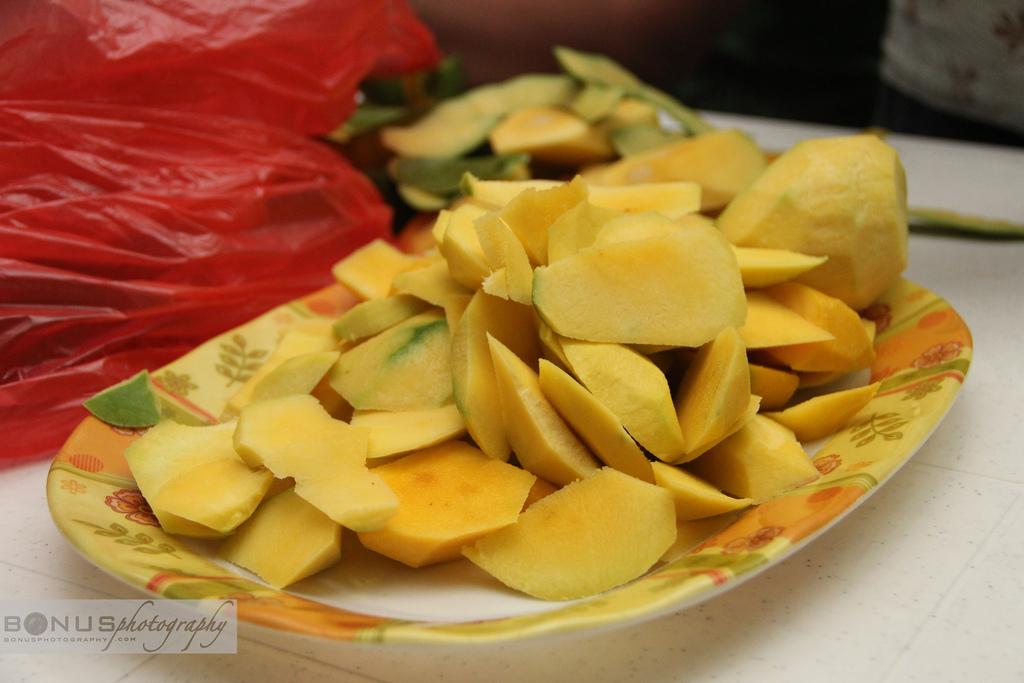
This fruit is rich in Vitamins A, C, and D. You can eat it ripe by slicing, but some people like it unripe and dipped in salt or fish sauce.
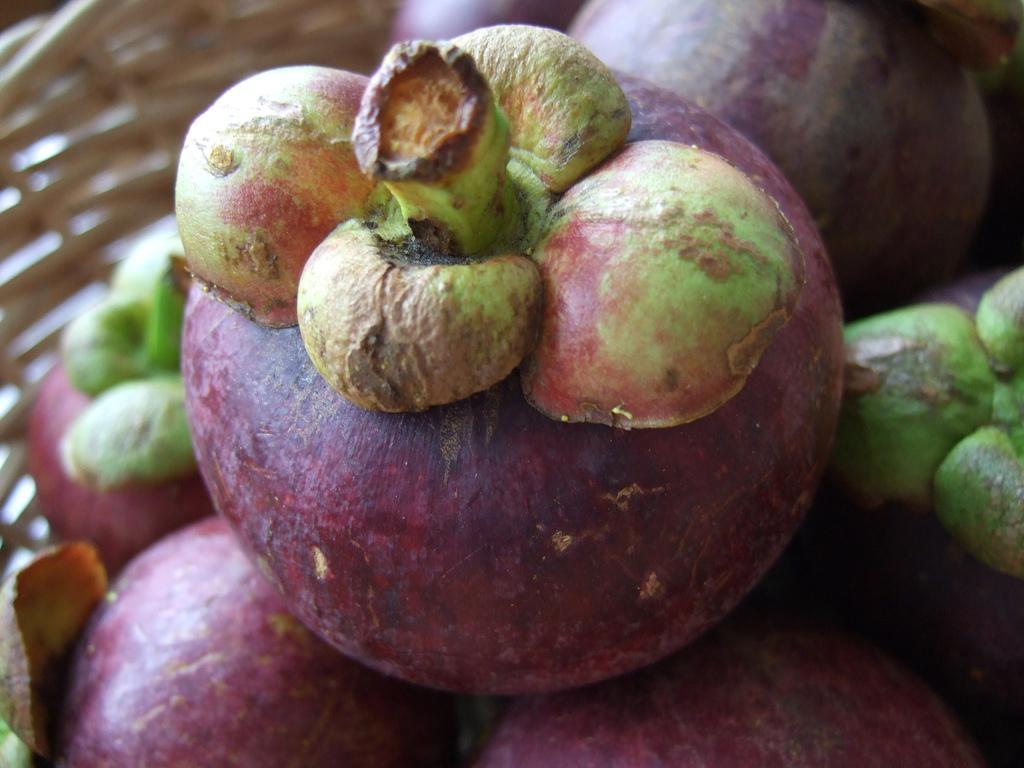
MANGOSTEEN (Garcinia mangostana)
This fruit is one of the most delicious tropical fruits in the Philippines. It is also known as the "Queen of Fruits" because it has a crown on its head. It has a thick, dark red or purple brown skin.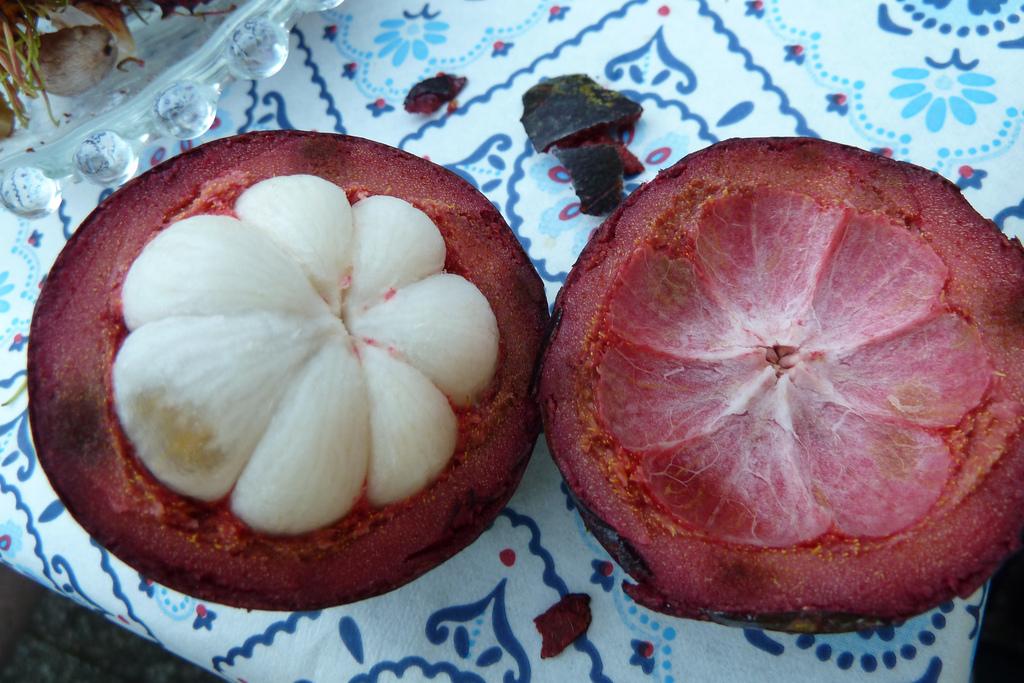
It is also small like the size of mandarin. The taste is a pulpy and delicate sweet acid.
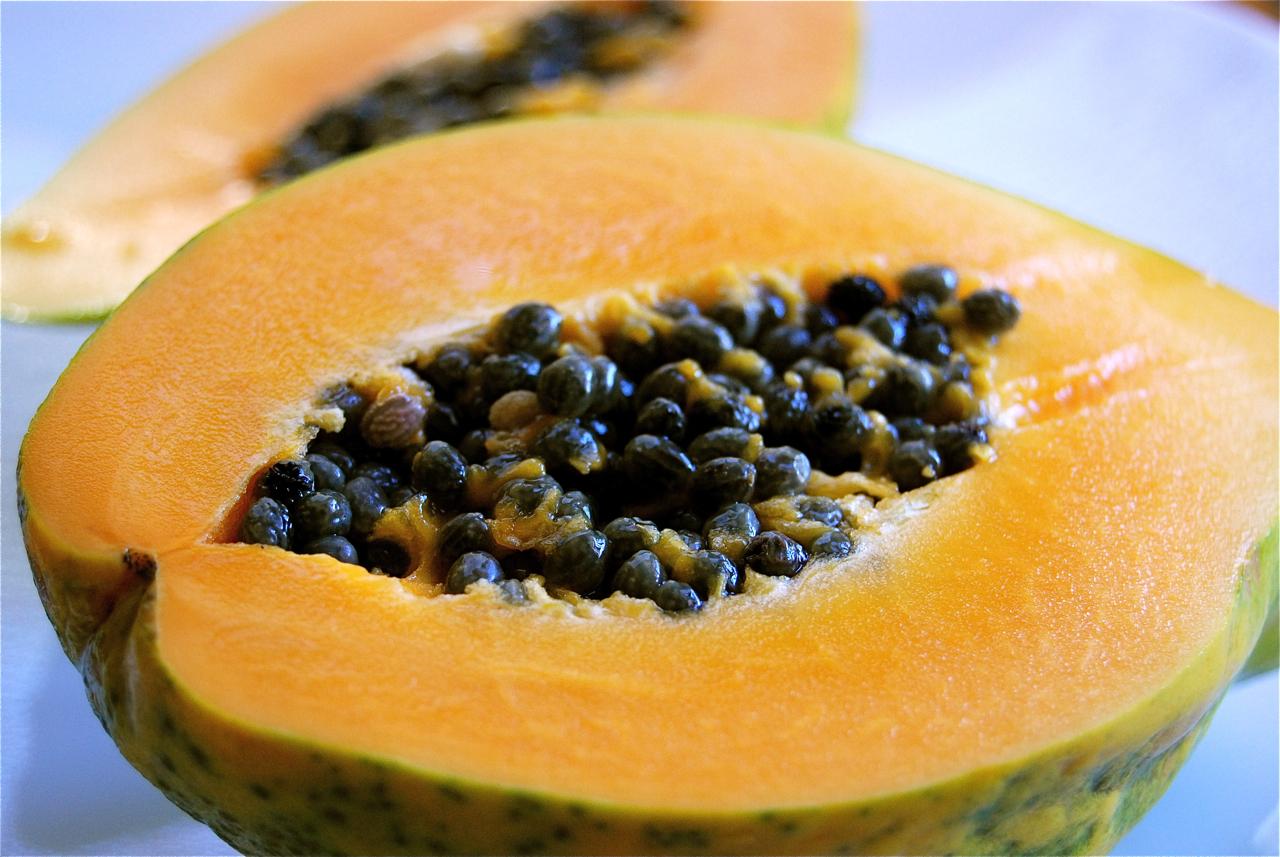
PAPAYA (Carica papaya)
Papaya has a long shape like a pear and has a yellow or orange color when ripe. Each fruit may weigh ranging from about one pound to more than 3 kilos. The length can be 75 to 500 mm. It is well-off in Vitamins C and E.
This is good for breakfast and desserts. Papaya is a rich source of antioxidants that help prevent cancer, heart attacks, and strokes. It is also a main ingredient in most soaps and facial cleansers.
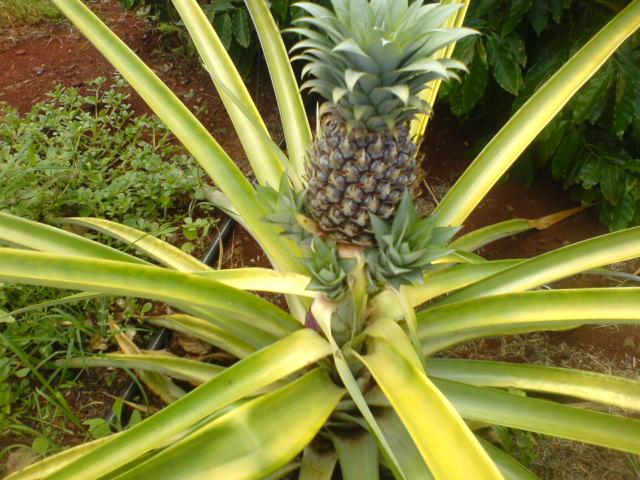
PINEAPPLE (Ananas comosus)
The taste of a pineapple is not too sour or too sweet, just right. Many Filipinos eat this fruit with a bit salt. It is very rich in Vitamin C.
Pineapples are mostly cultivated in the province of Bukidnon, where the cold mountain air help it grow abundantly This fruit is eaten clean and fresh or they are canned or juiced.
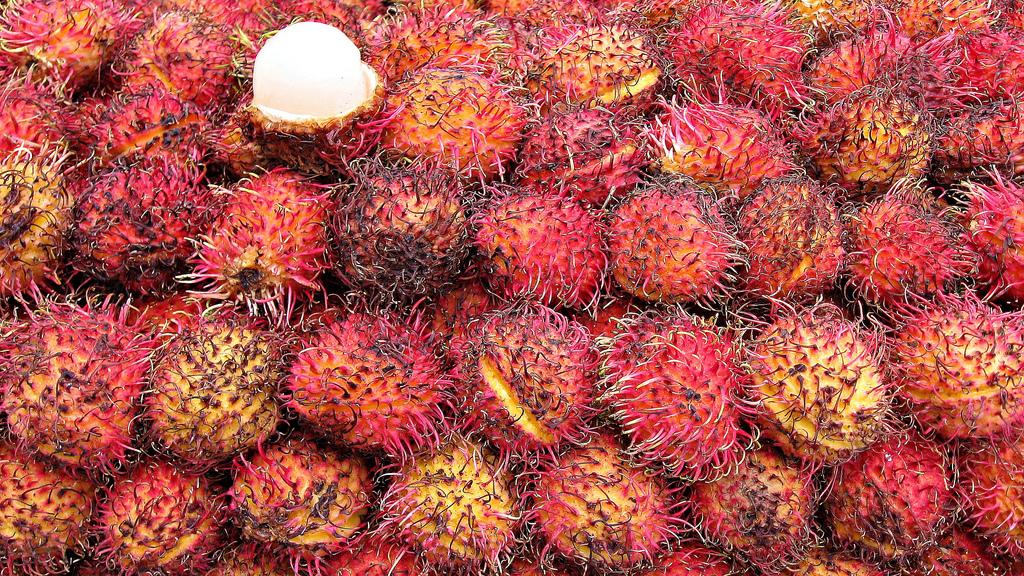
RAMBUTAN (Nephelium mutabile)
Rambutan is easily identified because of its spines and red bright color covered with fine, short hairs. It is a very common fruit in the Philippines and it is usually grown in the provinces of Nueva Vizcaya, Laguna and Quezon. 
This fruit is also small, not bigger than the egg, and gives off a soft sweet taste. Its name originated from the Malay word "rambut" which means "hair".
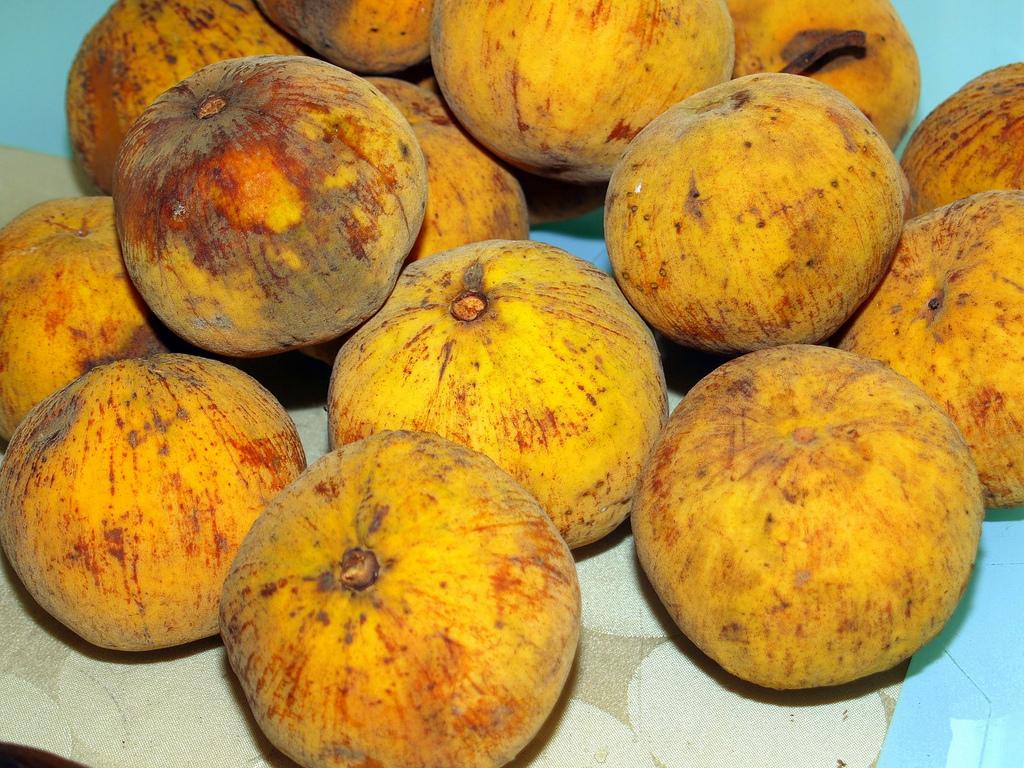
SANTOL (Sandoricum koetjape)
Children love climbing santol trees and eating their fruits. Santol is the size of an apple. Inside it is a white juicy pulp with about 3 to 5 brown seeds. The pulp is sub-acid and sour.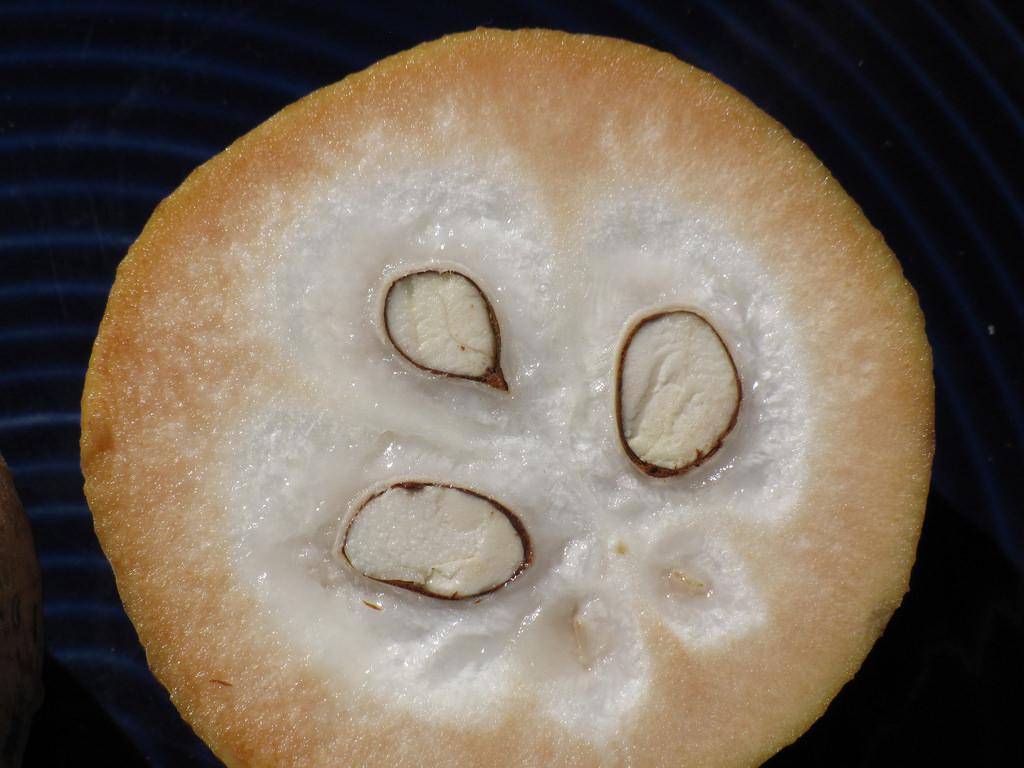
Most Filipino homes have a santol tree in their backyards.

STAR APPLE (Chrysophyllum cainito)
Also known as "caimito," star apple is an exotic fruit with a rough, indelible skin that ranges in color from green to purple depending on the stage of ripeness. It is round baseball-sized fruit which is best eaten fresh. This is also often added to salads and drinks. 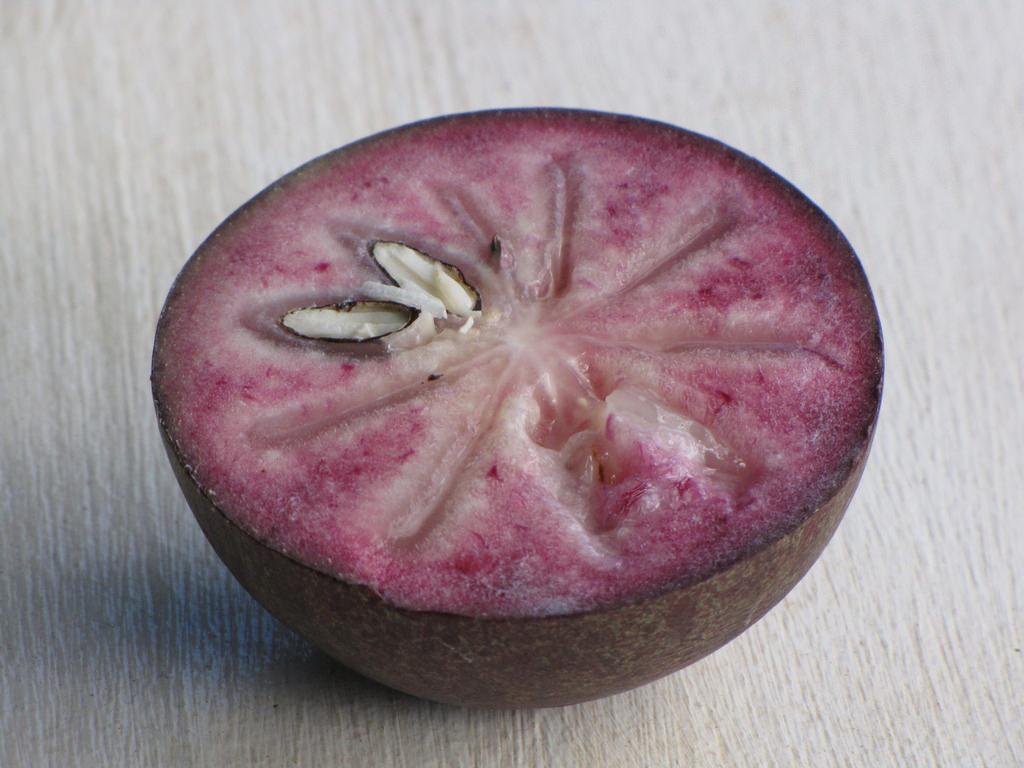
Star apples are rich in Calcium, Vitamins A and C, Iron, and minerals which are good for the oxygenating of your body. They are also a good suggestion for diabetics.
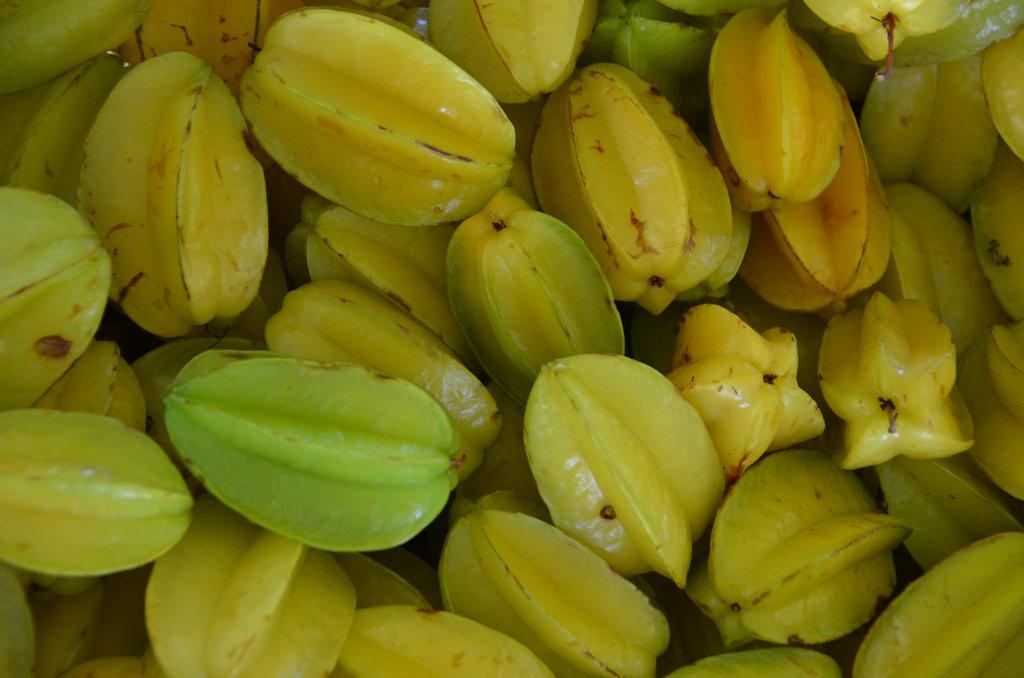
STARFRUIT (Averrhoa carambola)
Star fruit is unique because of its shape when sliced, which is obviously a star. This fruits is also rich in antioxidants and Vitamin C, and low in sugar. Its flavor is distinguishable because its taste is described as a mix of apple and grape. 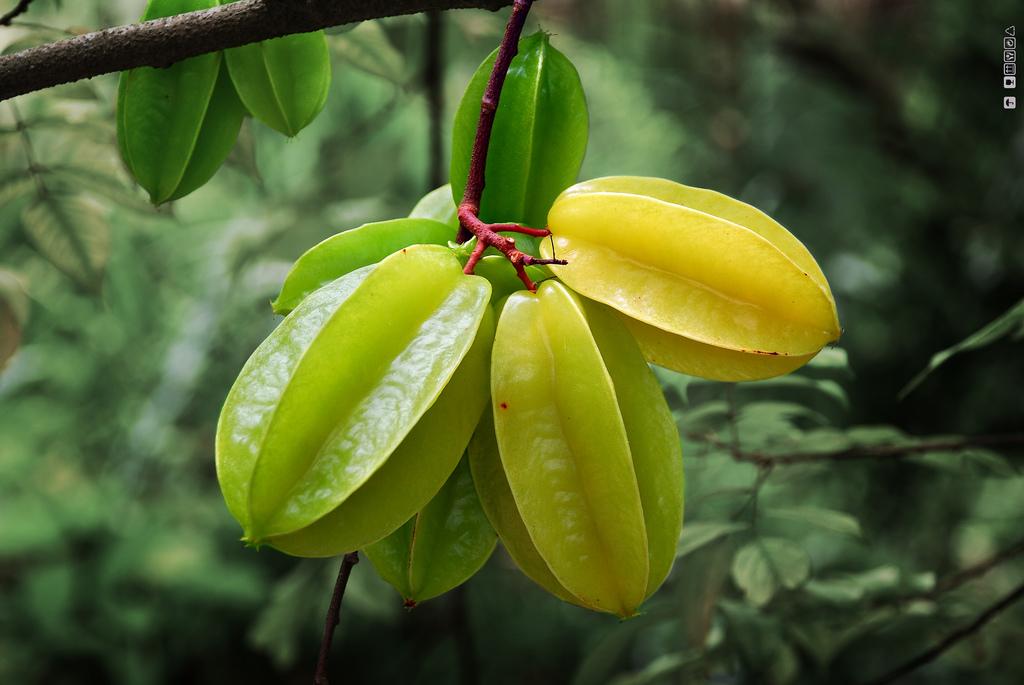
The star fruit is about 10-15 cm in width. This fruit is eaten fresh with a little bit of salt.
- http://nobert-bermosa.blogspot.com/2010/10/most-popular-fruits-in-philippines.html
- http://www.bijlmakers.com/fruits/tropicalfruits.htm
- http://www.philippines.hvu.nl/fruit3.htm
- http://www.organicfacts.net/health-benefits/fruit/health-benefits-of-guava.html
- http://www.unp.me/f150/benefits-of-guava-51600/
- http://en.wikipedia.org/wiki/Jackfruit
- http://healthmad.com/nutrition/10-health-benefits-of-jackfruit/
- http://codemenot.blogspot.com/2010/12/10-reasons-to-love-benefits-of.html
- http://voices.yahoo.com/seven-benefits-eating-papaya-1399603.html
- http://www.livestrong.com/article/374802-star-apple-nutrients/
- http://www.tradewindsfruit.com/star_apple.htm
- http://en.wikipedia.org/wiki/Carambola
- http://www.foodreference.com/html/art-star-fruit.html









